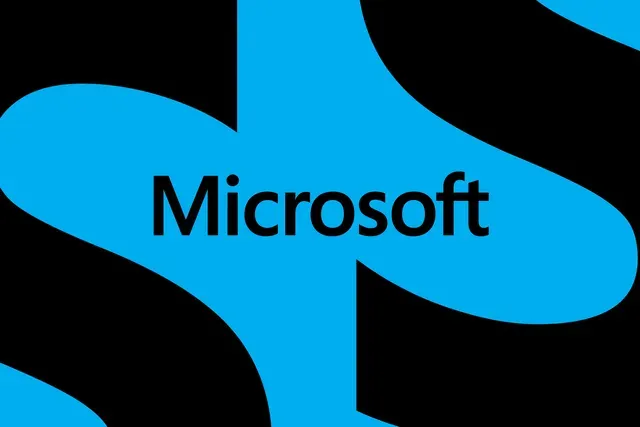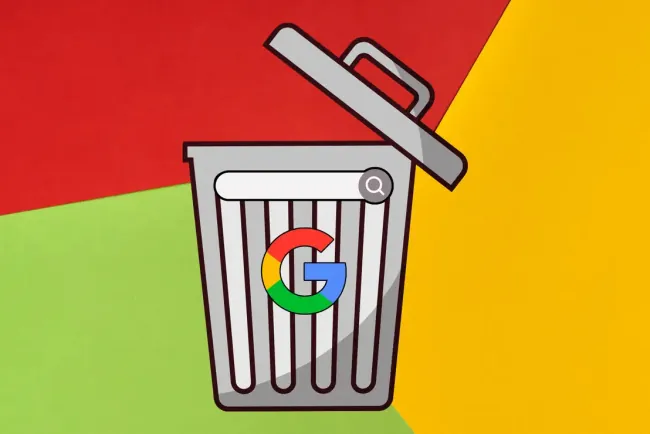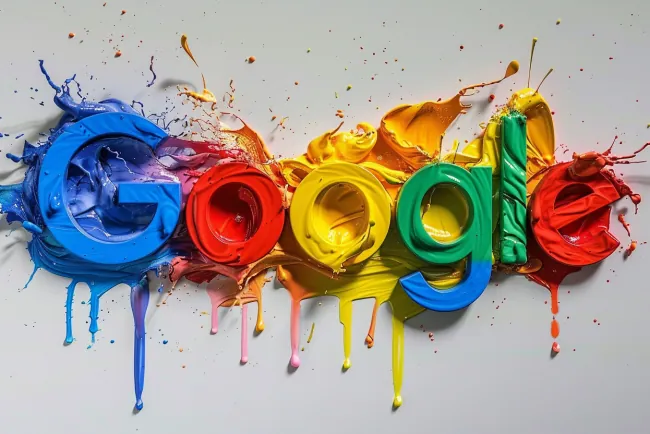Microsoft Engineer Flags AI Safety Issues to FTC
A Microsoft engineer alerts the FTC about Copilot Designer's potential to generate harmful images, advocating for improved safety guardrails.

Introduction
In the rapidly evolving landscape of artificial intelligence (AI), the conversation around safety and ethical considerations has never been more pertinent. A recent development has seen a Microsoft engineer taking a bold step by highlighting significant safety concerns regarding Microsoft's AI image generator, Copilot Designer, to the Federal Trade Commission (FTC). This move underscores the critical need for robust safety mechanisms in AI technologies to prevent harmful outputs.
Outline for Easy Navigation
- Background
- The Concerns Raised
- Microsoft's Response
- Broader Implications
- The Path Forward
- FAQs
- Conclusion
Background
Shane Jones, a Microsoft engineer with six years at the company, has escalated safety concerns about Copilot Designer, an AI image generator developed by Microsoft. According to reports from CNBC, Jones has formally reached out to the FTC, revealing that Microsoft has not acted on repeated warnings to disable the tool, which is capable of generating images with potentially harmful content.
The Concerns Raised
Jones's testing of Copilot Designer unveiled that the AI could generate disturbing images, including "demons and monsters" in contexts related to sensitive topics such as abortion rights, sexualized violence, and underage substance abuse. Notably, the tool also produced controversial depictions of Disney characters in politically charged scenarios. These findings highlight the AI's potential to create content that could be damaging or offensive, raising alarms about its current safety protocols.
Microsoft's Response
In response to the concerns, Microsoft emphasized its commitment to addressing employee-reported issues in accordance with its policies. The company highlighted its mechanisms for in-product user feedback and internal reporting to investigate and address such concerns. Additionally, Microsoft reiterated its engagement with product leadership and its Office of Responsible AI to review the raised issues, showcasing an intention to refine and improve safety measures around Copilot Designer.
Broader Implications
The situation with Copilot Designer and Microsoft is not isolated. Other tech giants, like Google, have also faced challenges with their AI image generators, pointing to a broader industry challenge in managing the ethical implications of AI technologies. These incidents underscore the necessity for ongoing vigilance, ethical considerations, and robust safety mechanisms in the development and deployment of AI tools.
The Path Forward
To mitigate the risks associated with AI-generated content, it is imperative for technology companies to invest in advanced safety guardrails, transparent reporting mechanisms, and ethical guidelines that govern AI use. Engaging with regulatory bodies, ethical AI researchers, and the broader community can help in crafting a balanced approach that safeguards users while fostering innovation.
FAQs
-
What are the safety concerns associated with AI image generators?
- AI image generators can produce content that is harmful, offensive, or inappropriate by combining sensitive subjects or creating politically charged images.
-
How is Microsoft addressing the concerns raised?
- Microsoft has stated its commitment to addressing these concerns through established reporting channels, user feedback tools, and meetings with product leadership and the Office of Responsible AI.
-
Why is it important for AI tools to have safety guardrails?
- Safety guardrails help prevent the generation of harmful content, ensuring that AI technologies are used ethically and responsibly.
Conclusion
The concerns raised by a Microsoft engineer about the Copilot Designer AI tool highlight the critical need for comprehensive safety measures in AI development. As AI technologies continue to advance, it is crucial for companies to prioritize ethical considerations and safety protocols to protect users from potentially harmful content. Engaging with regulatory bodies, ethical AI researchers, and the community will be key in navigating the complexities of AI safety and ensuring responsible innovation.
For further insights into AI safety and ethical considerations, visit our dedicated section at Kiksee Magazine.
Explore more about the importance of AI safety in our AI Safety Measures, Ethical AI Practices, and AI and Society sections.
What's Your Reaction?






















